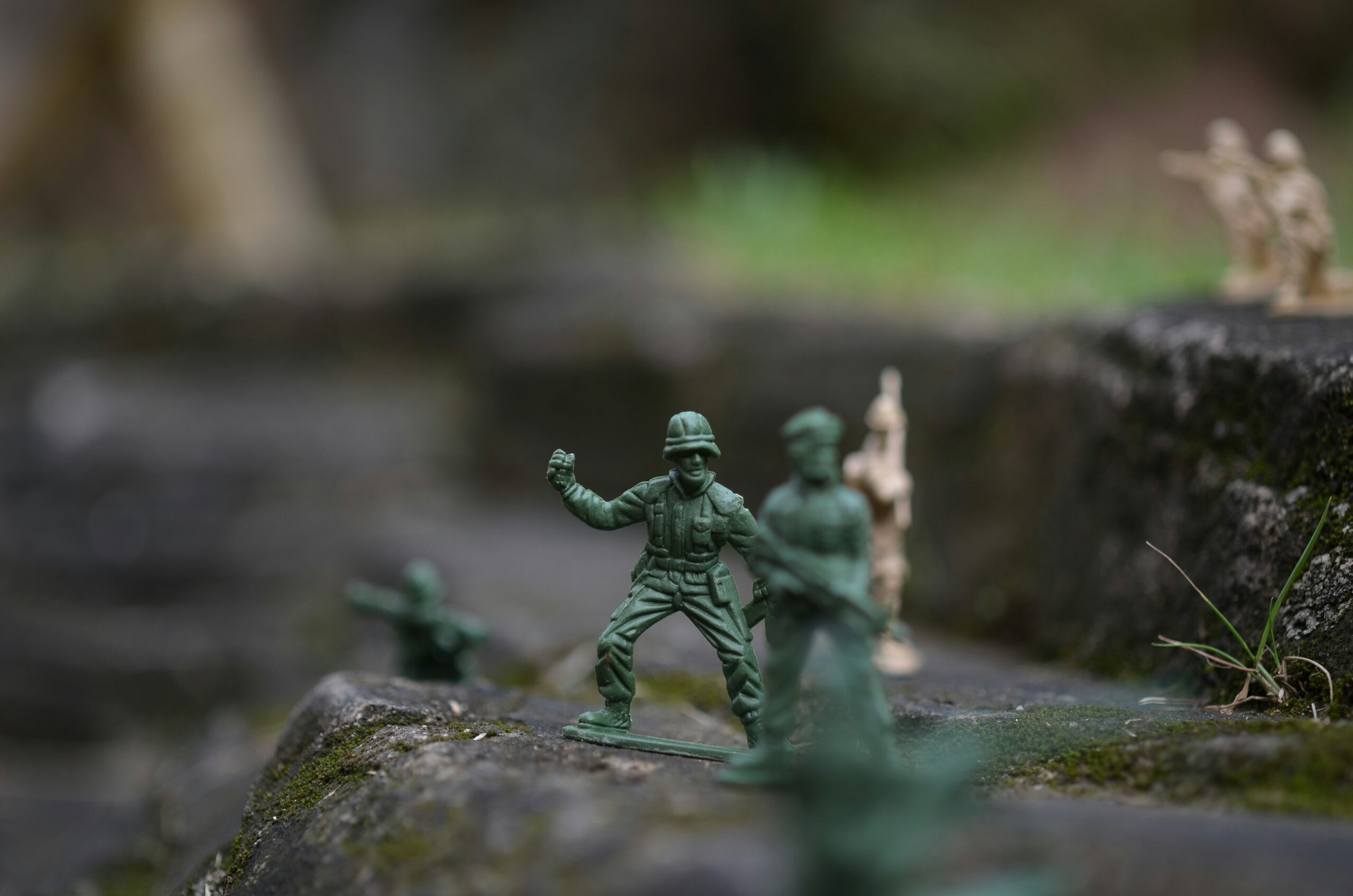
Throughout human history, warfare has been a driving force that reshaped societies, altered political boundaries, and spurred technological innovation. From ancient battles fought with swords and shields to modern conflicts involving cyber warfare and drones, key moments in military history reveal not only the evolution of combat but also the resilience and ingenuity of humankind.
Ancient Warfare: The Foundations of Strategy
The earliest recorded wars date back thousands of years, when city-states and empires clashed over territory, resources, and power. The Battle of Marathon in 490 BCE stands as a hallmark of ancient military strategy. Here, the outnumbered Athenians used clever tactics to defeat the invading Persian forces, showcasing how discipline and terrain advantage could overcome sheer numbers.
Similarly, the campaigns of Alexander the Great revolutionized warfare by combining speed, coordination, and innovative formations like the phalanx. His conquests spread Hellenistic culture across three continents and demonstrated how military prowess could unify vast regions under a single rule.
Medieval and Renaissance Battles: The Rise of Fortifications and Firepower
As societies became more complex, warfare also evolved. The medieval period was characterized by the prominence of knights, castles, and sieges. The Battle of Agincourt in 1415 is a striking example, where English longbowmen decimated French knights despite being heavily outnumbered. This battle highlighted the shift toward ranged weaponry and changing tactics on the battlefield.
The Renaissance introduced gunpowder, forever altering the face of war. Cannons and firearms gradually replaced traditional weapons, forcing armies to adapt quickly. The Thirty Years’ War (1618–1648), one of the deadliest conflicts in European history, saw early examples of modern warfare with large standing armies and coordinated multi-front campaigns.
Industrial Age Conflicts: Total War and Technological Leap
The 19th and early 20th centuries ushered in an era where industrial advances transformed military capabilities. The American Civil War introduced ironclad ships, railroads, and telegraph communication, foreshadowing modern logistics and battlefield communication.
World War I epitomized the devastating impact of industrial warfare, with trench battles, machine guns, chemical weapons, and tanks contributing to staggering casualties. This war highlighted the grim realities of total war and the need for international diplomacy to prevent such large-scale destruction.
World War II further escalated these trends with mechanized armies, aerial bombings, and the introduction of nuclear weapons. The conflict’s global scale reshaped geopolitics, resulting in the formation of institutions like the United Nations and setting the stage for the Cold War.
Modern Warfare: From Conventional Battles to Cyber Conflicts
In the post-Cold War era, warfare has become increasingly complex and multidimensional. Conventional battles still occur, but asymmetric warfare, insurgencies, and terrorism have changed how conflicts unfold. Technology plays a crucial role, with drones, precision-guided missiles, and satellite surveillance dominating modern battlefields.
Moreover, cyber warfare has emerged as a new front, where nations engage in covert digital attacks to disrupt critical infrastructure, steal intelligence, or influence public opinion. This invisible form of conflict raises challenging ethical and strategic questions about defense and deterrence.
Reflections on Military History
Looking back, key moments in warfare demonstrate how military innovation often drives broader societal changes. From the strategic genius of ancient commanders to the mechanized battlegrounds of the 20th century, each era brought lessons about resilience, adaptation, and the high costs of conflict.
Understanding these milestones helps us appreciate the complexities of security, diplomacy, and the pursuit of peace. As technology continues to evolve, future conflicts will likely test humanity’s ability to balance power with responsibility, shaping the course of history for generations to come.